Our Stories
Recent Articles
History & Discoveries
Peeking Through the Draperies of National Statuary Hall
A short history of this significant space's special fabric.
History & Discoveries
Capitol Lyrics: "America the Beautiful"
The lyrics of this patriotic song are found easily at the U.S. Capitol.
History & Discoveries
A Hallowed Figure in American Art and Culture: the Bald Eagle
The bald eagle is painted, sculpted and carved throughout the Capitol campus. Its white head, wide wingspan and gnarled talons are ubiquitous.
History & Discoveries
Unearthing Capitol Hill's Buried History
Visit Congressional Cemetery and discover the many connections the Architect of the Capitol has to this hallowed ground.
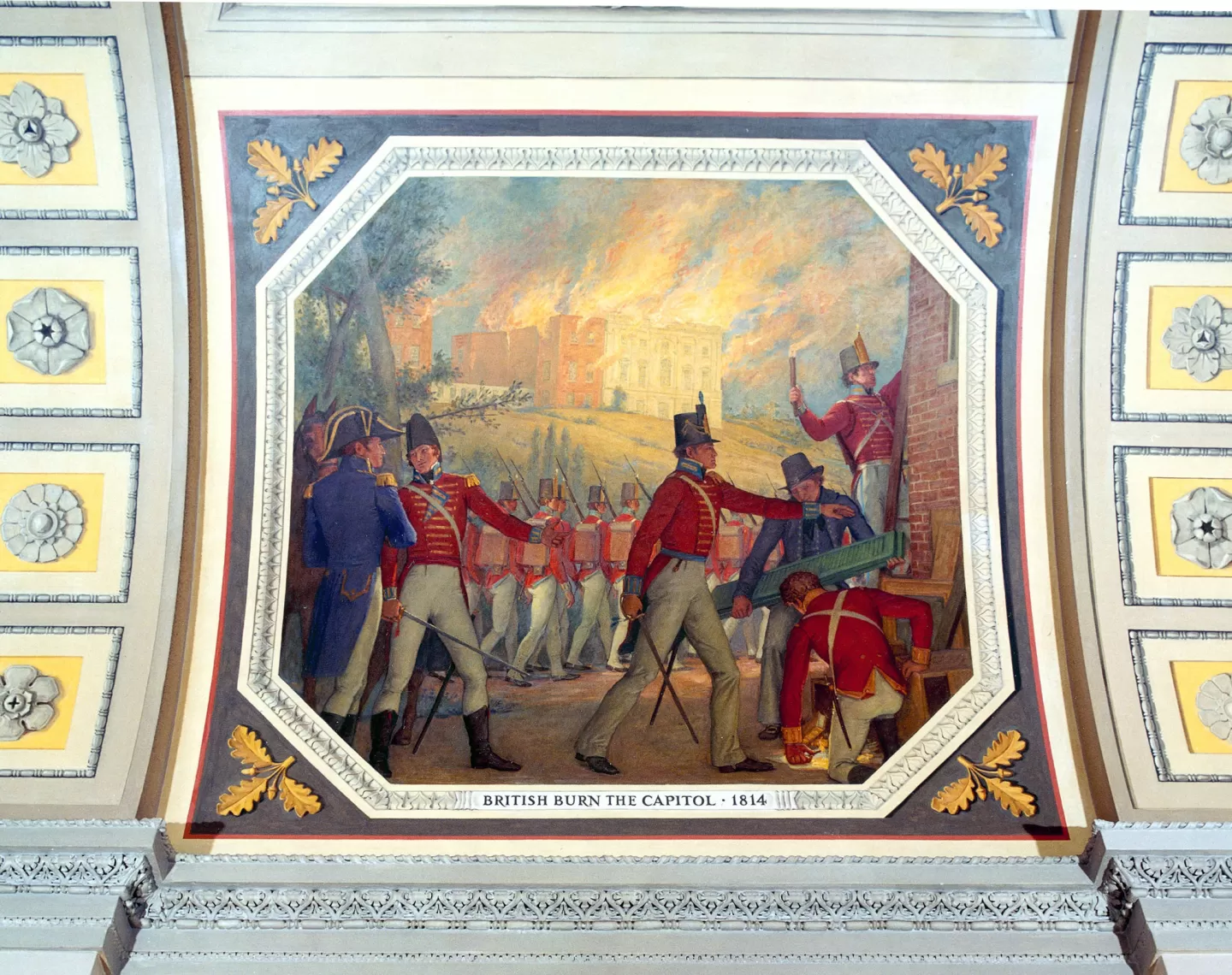
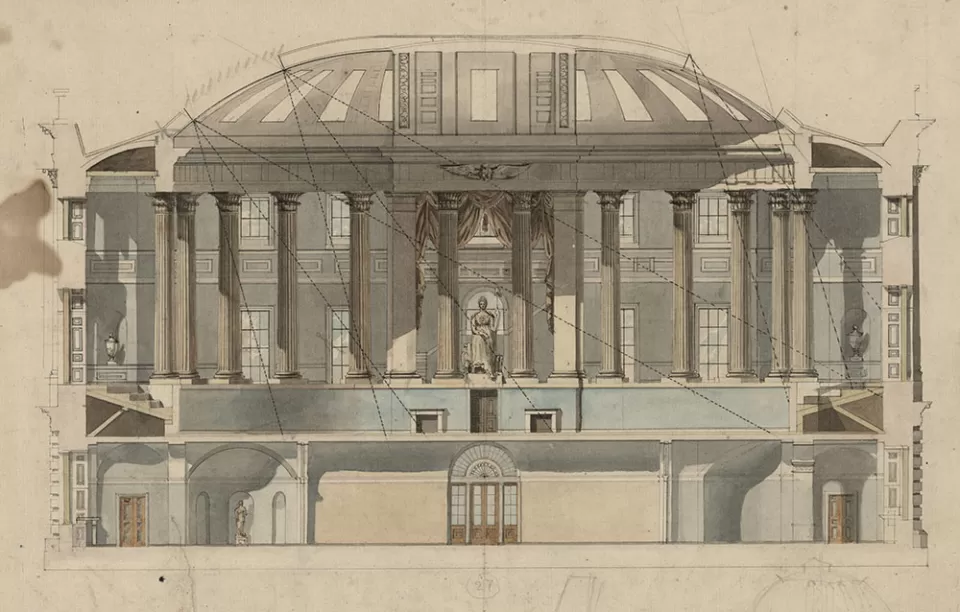
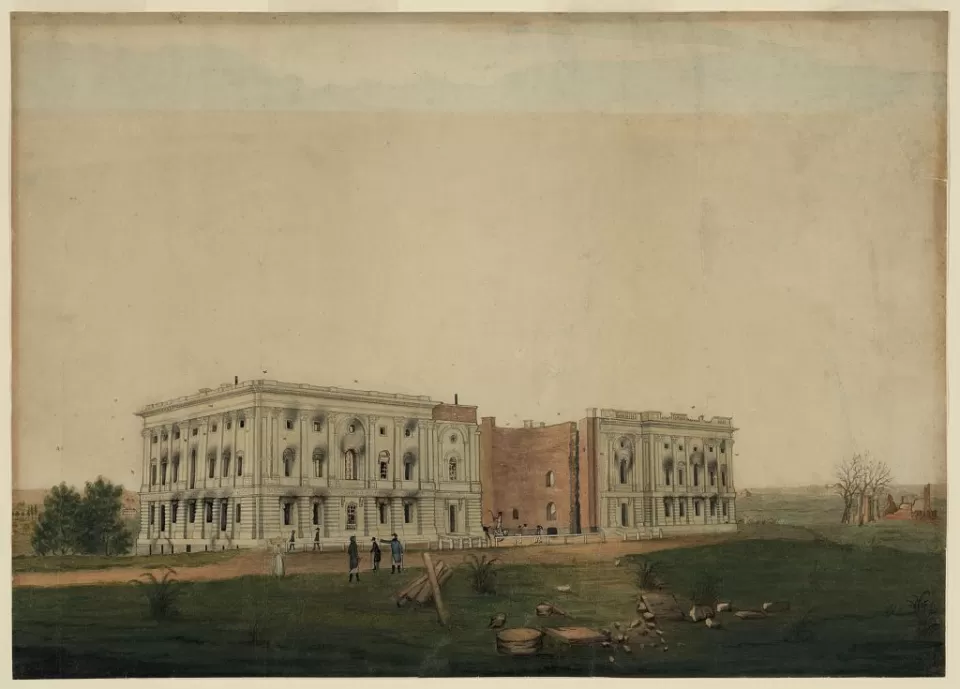
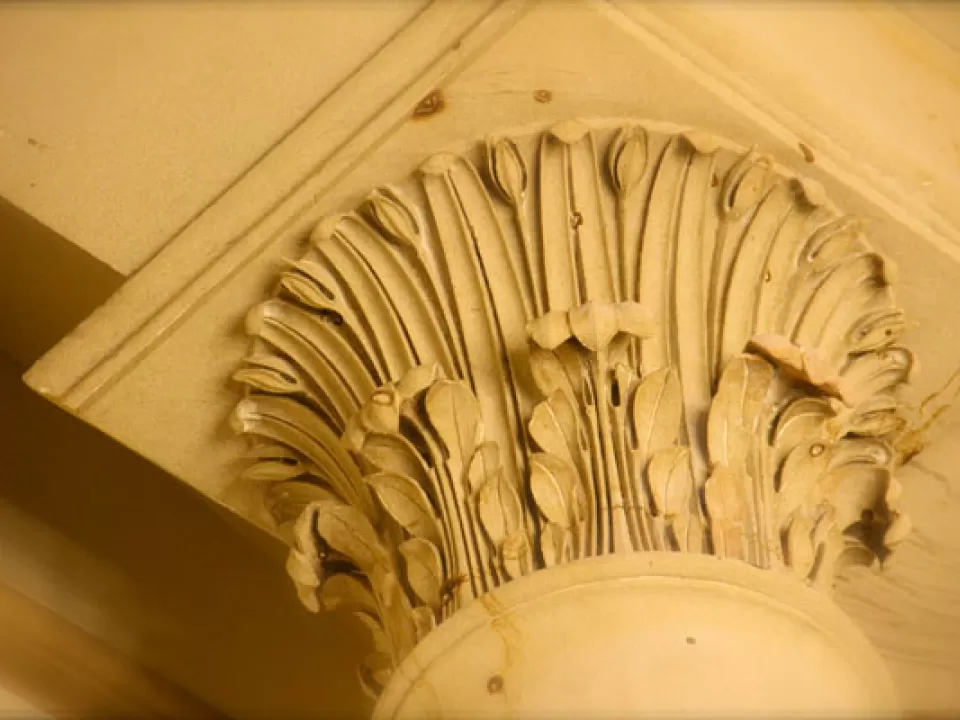
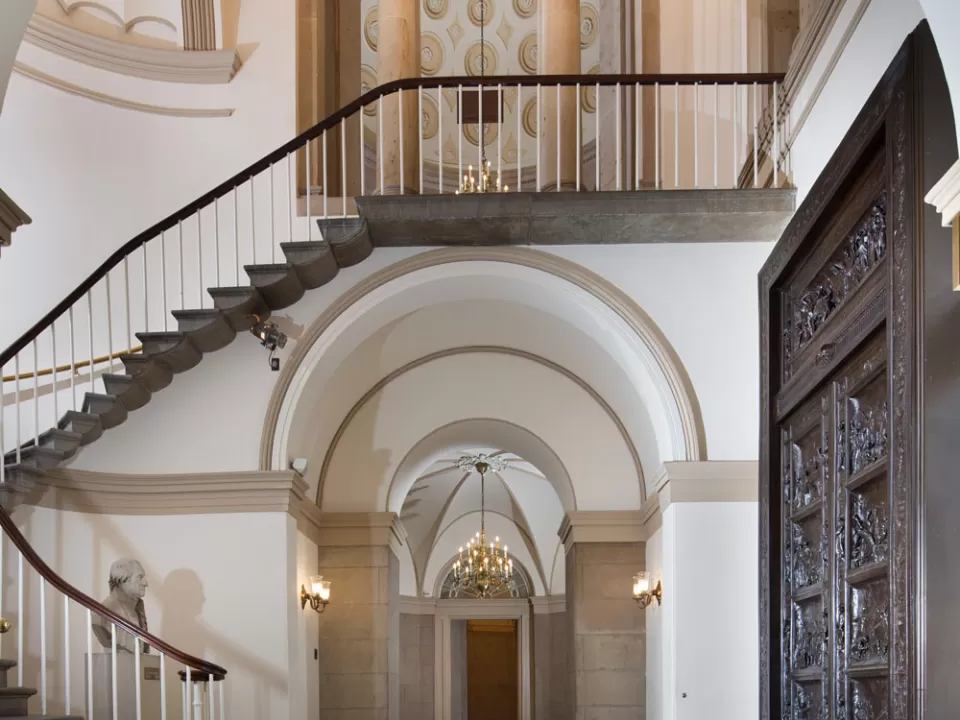
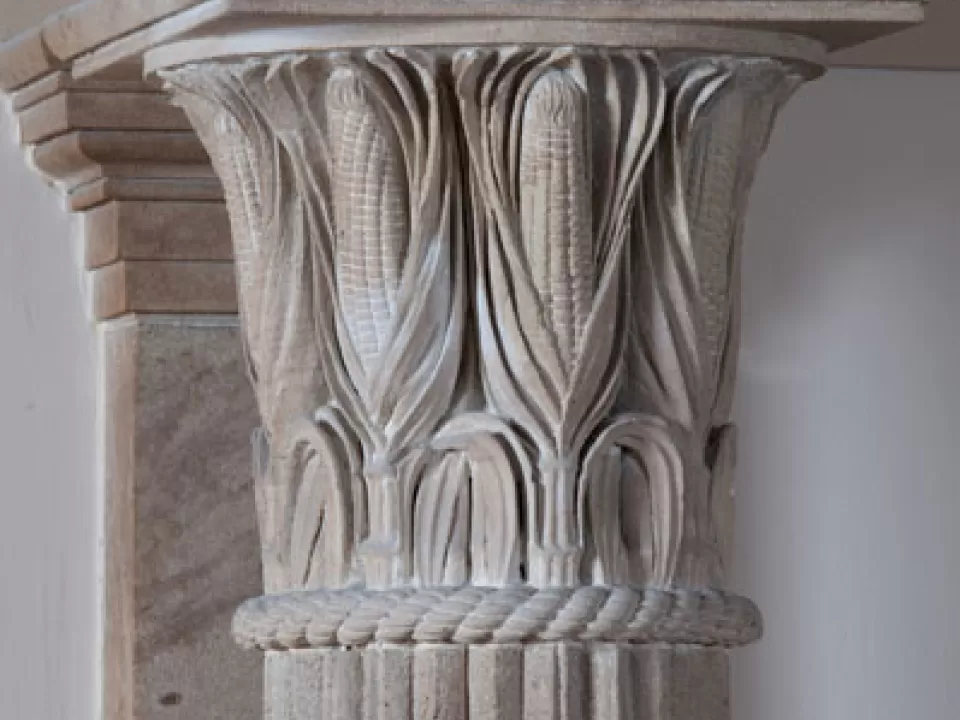
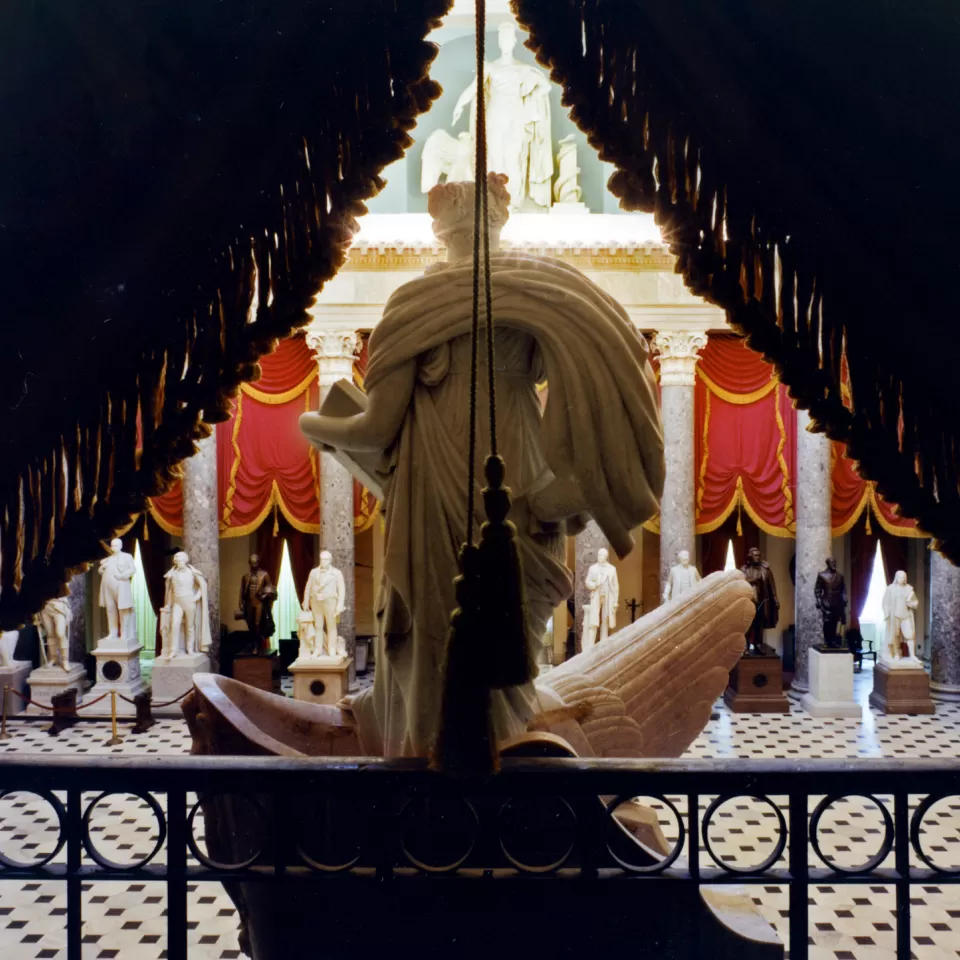
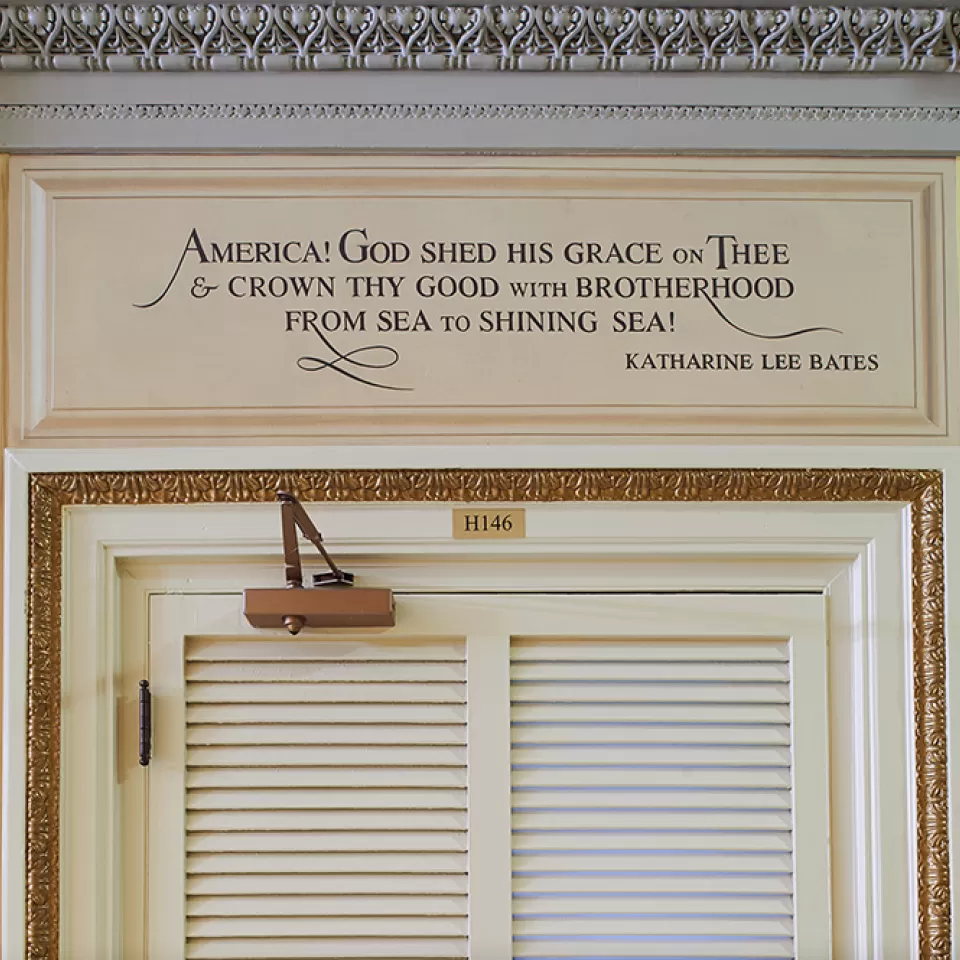
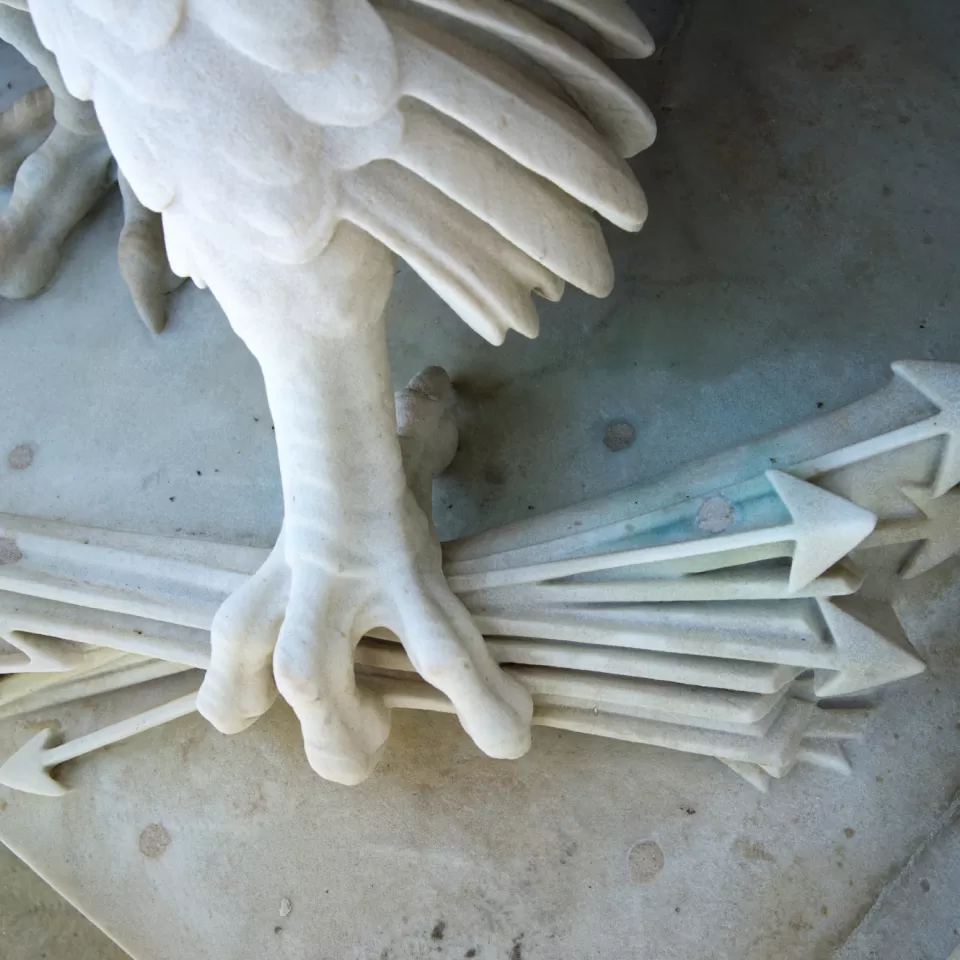
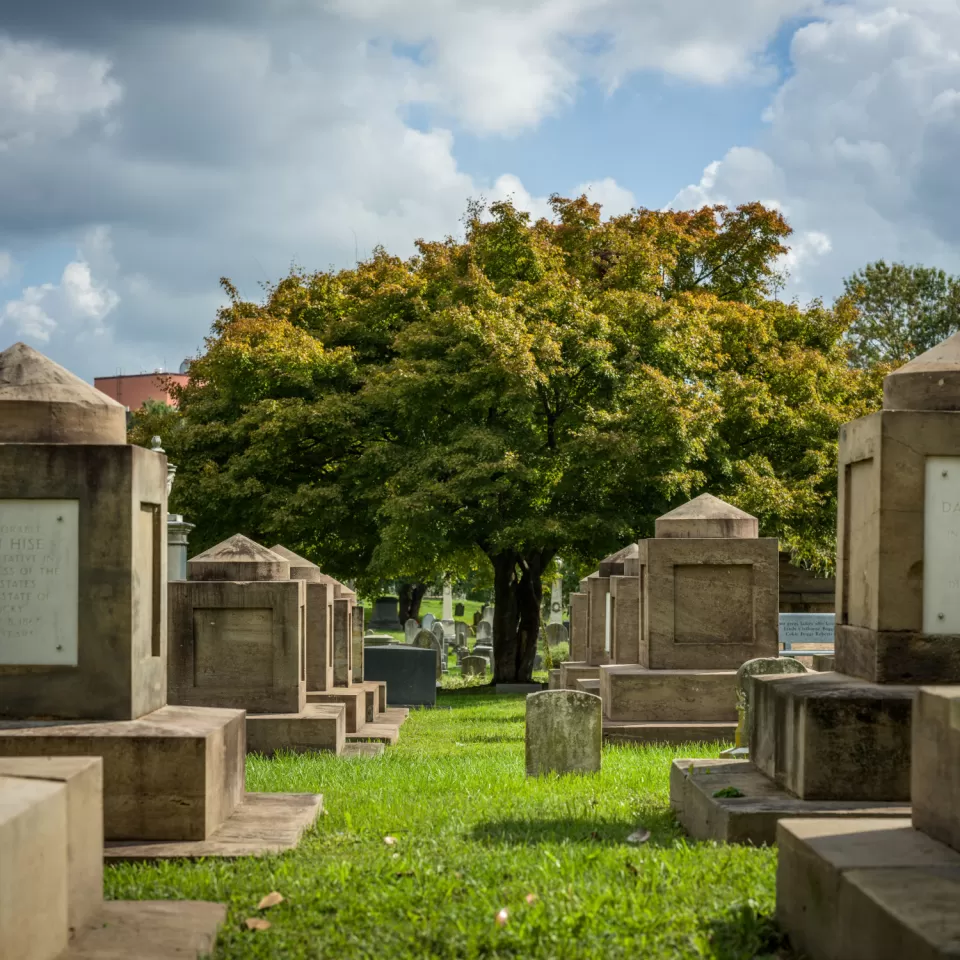
Comments
The history of Canada is inextricably intertwined with the history of the United States of America. In the early 1980s I resided near the corner of Spring Garden Road & South Park Street, Halifax, Nova Scotia, Canada. A short distance away, near the corner of Spring Garden Road & Barrington Street lies the "Old Burying Ground," wherein are interred the remains of Major General Robert Ross, who, in conjunction with Sir A. Cockburn, commanded the burning of Washington (Aug. 24, 1814) in retaliation for the sacking of York, Upper Canada, (April 27, 1813) during the War of 1812. Francis Scott Key composed the "Star Spangled Banner" during that [Baltimore area] battle, that claimed the life of Ross.
Directly across the street from the "Old Burying Ground", at 1479 Barrington Street, Halifax, is St. Matthew's United Church (originally Protestant Dissenting: Congregational; Presbyterian and finally United). Rev. Aaron Cleaveland, its first minister, was the Great Great Grandfather of Grover Cleveland (note the Cleaveland/Cleveland Spelling difference) 22nd & 24th President of the U.S.A. The church was originally located on Halifax's Hollis Street before it relocated to Pleasant Street (today Barrington St.) Originally the Church was known as Mather's Church, named after Cotton Mather of the famous New England Mather Family. Someone prefixed 'St.' to Mather and eventually the name evolved into St. Matthew's. Rev. Aaron Cleveland died at the Philadelphia, Penn., residence of his close friend Benjamin Franklin on Aug. 11, 1757 and is buried in Christ Church Cemetery in that city.
The first endowment for the renowned Toronto General Hospital was obtained by a number of enthusiasts, chief among whom were Dr. Christopher Widmer (often compared to Sir Astley Cooper), who melted down their medals given for service in the War of 1812. Located at several different addresses over its long history, the present location on Toronto's University Avenue & College Street, was somewhat inspired by Johns Hopkins at Baltimore. Dr. William Osler (one of the so-called BIG FOUR of Johns Hopkins) married the Grand Daughter of Paul Revere ( of "The British are Coming" fame). Dr. Osler's parents are buried in St. James' Cemetery, Toronto, not far from the grave of Dr. Christopher Widmer. Victor C. Ernst, Toronto, Ontario, Canada.
Great historical report; partuculary in these times when the same capitol building was once again breeched by citizens of 2021 United States of America !!!
Breeching is not the same as an attack from another country(English & Native Indians aka. CANADIANS) marched into your Capital and set fire for a retaliatory attack on our then capital in now modern day Toronto. It was the first and only time they were attacked on US Continental soil. What about December 7, 1941? Pearl Harbour is NOT continental soil.
If the British Troops burned most of Washington, D.C., and many of the Capitol, White House, Library of Congress, etc., is it safe to say they burned the original constitution?
Hi Carl, clerks at the Department of State helped save the Constitution and many other important documents. For more information on this please see "Rescue of the Papers of State During the Burning of Washington."
Thank you so much
Awesome history facts. Love it!
To have the visual account available for posting was si incredible. At this time in US History the historical account of our capitol's past is incitful and appreciated. Thank you AOC and historians..
BJRobinson
6 Jan 2022
Add new comment